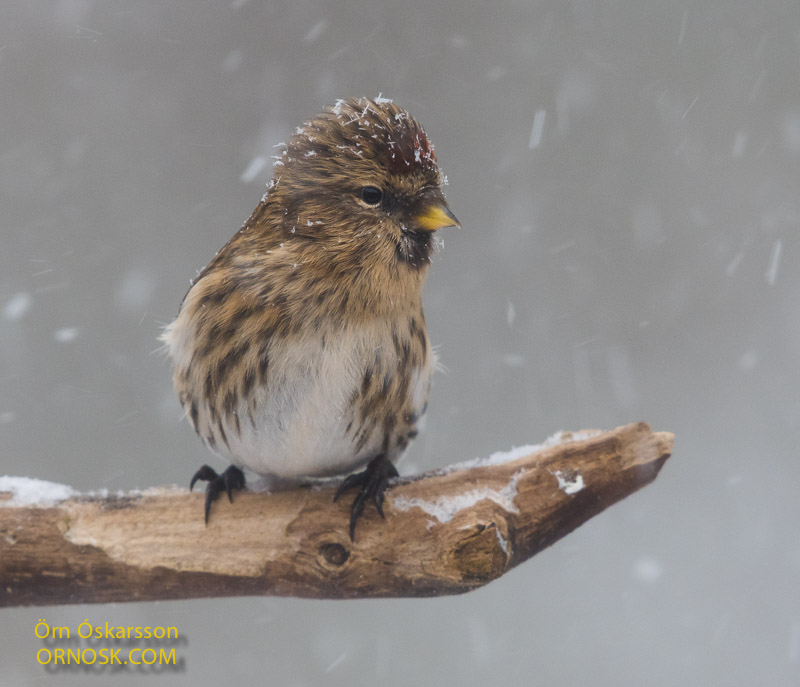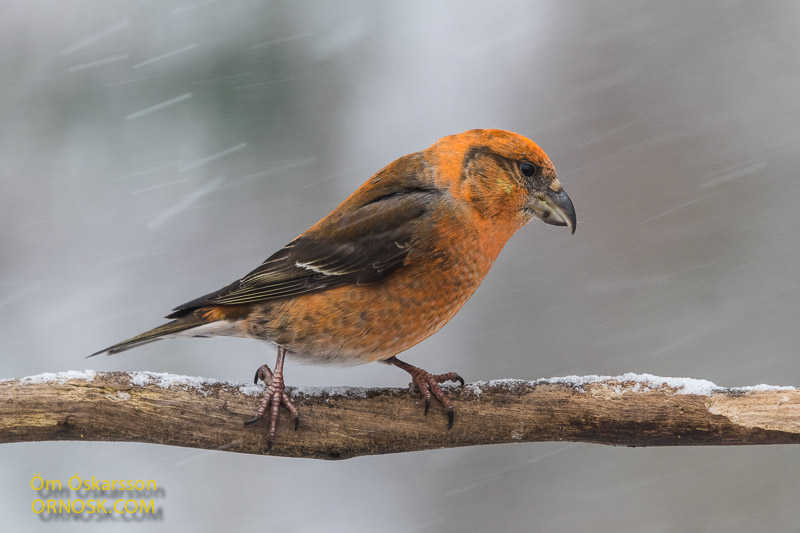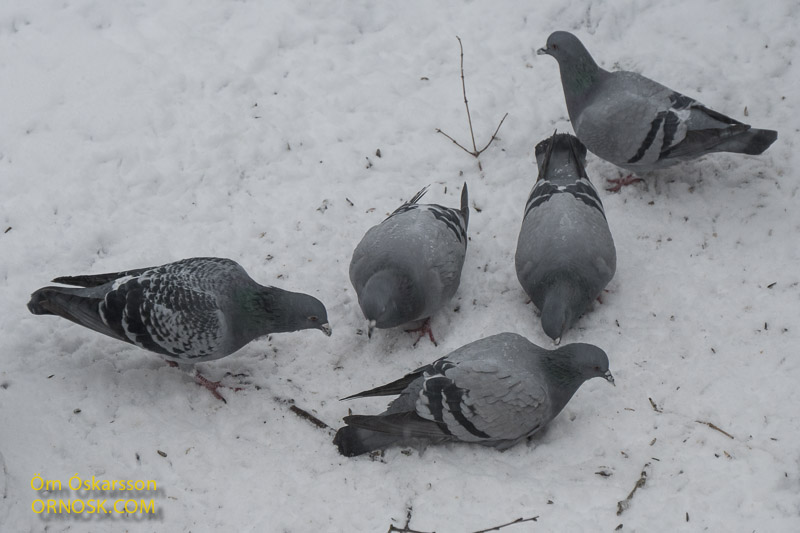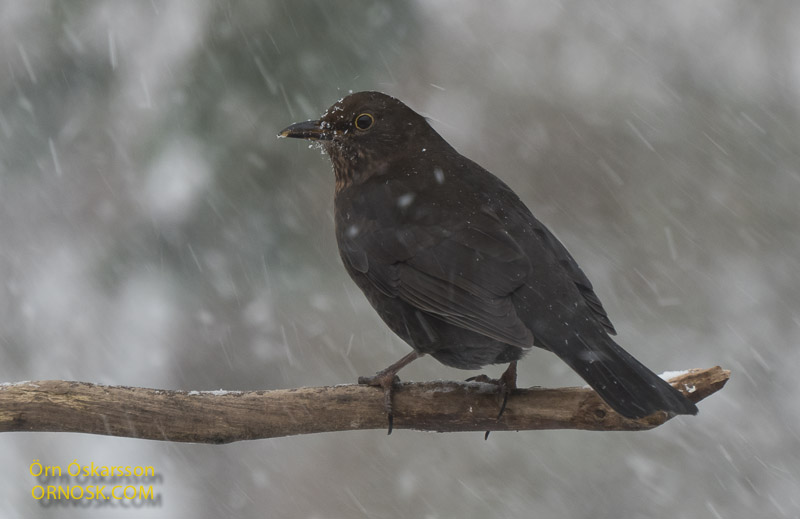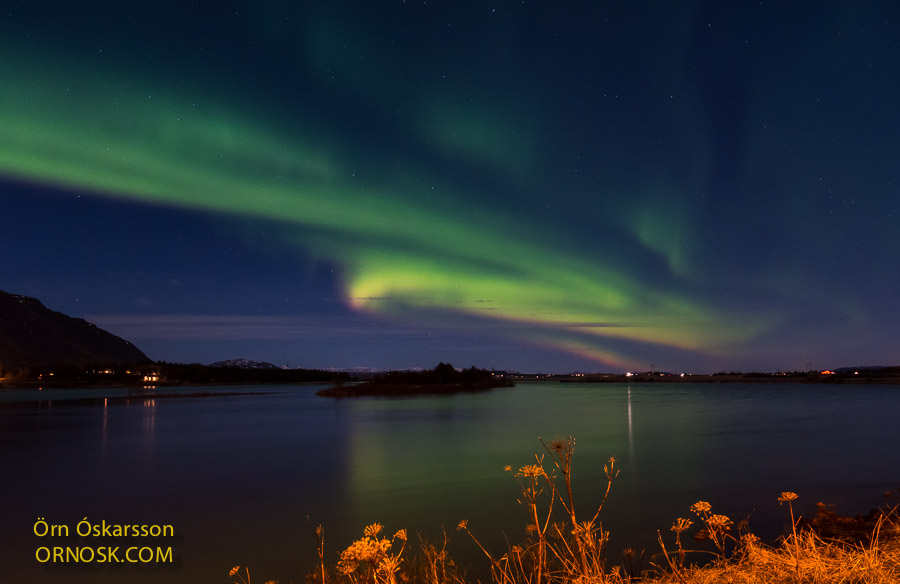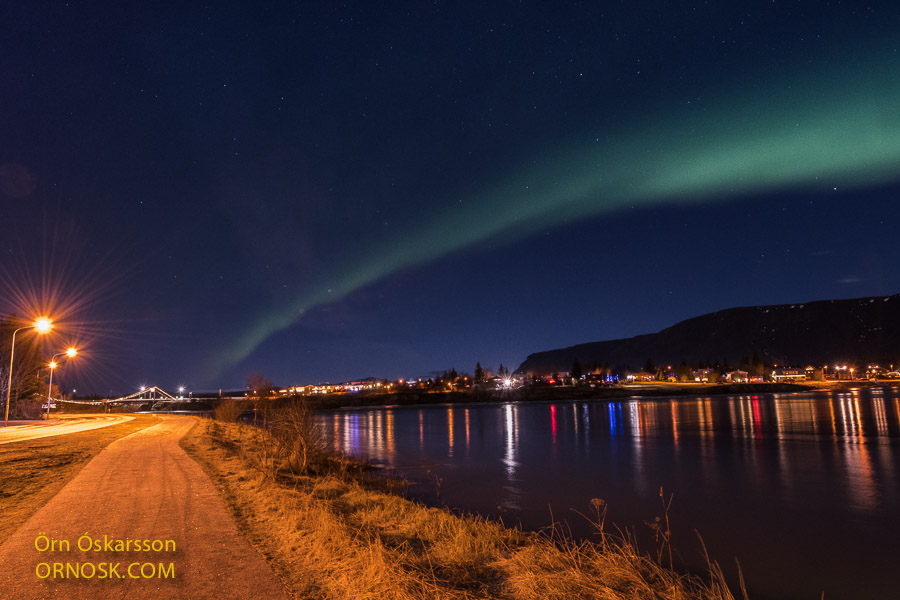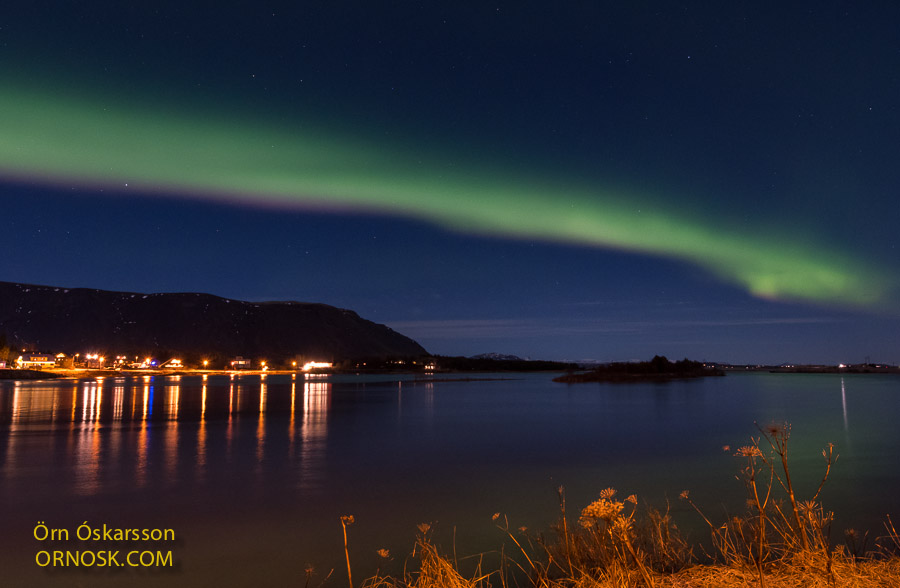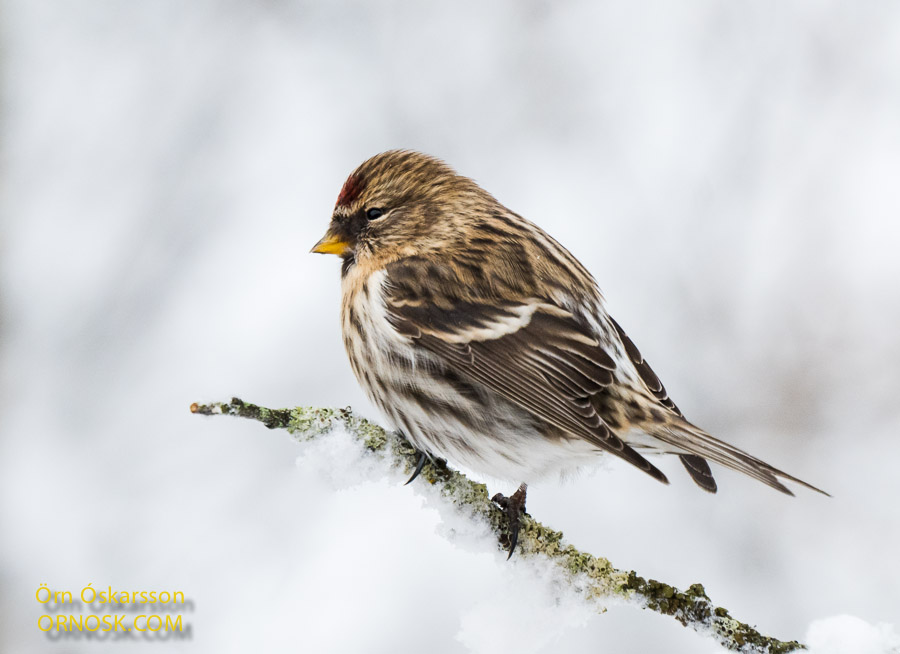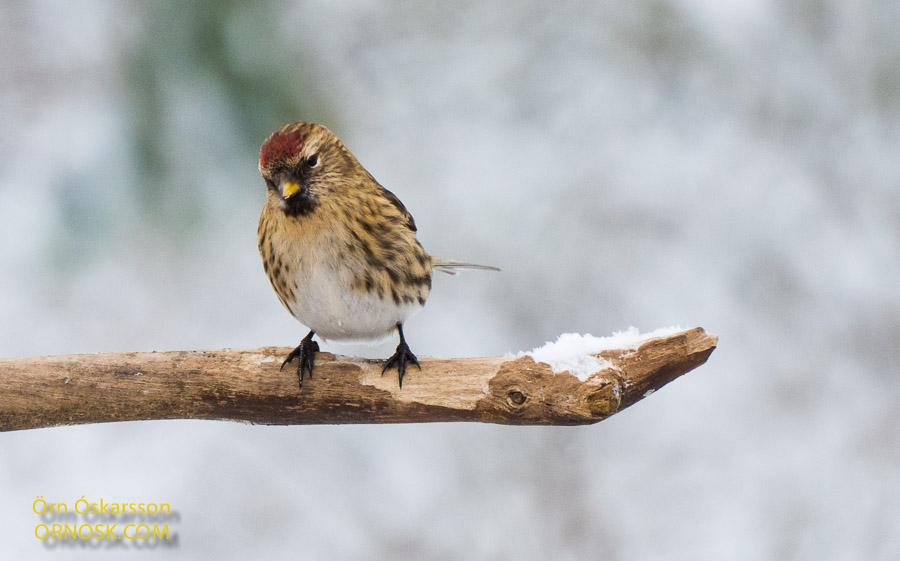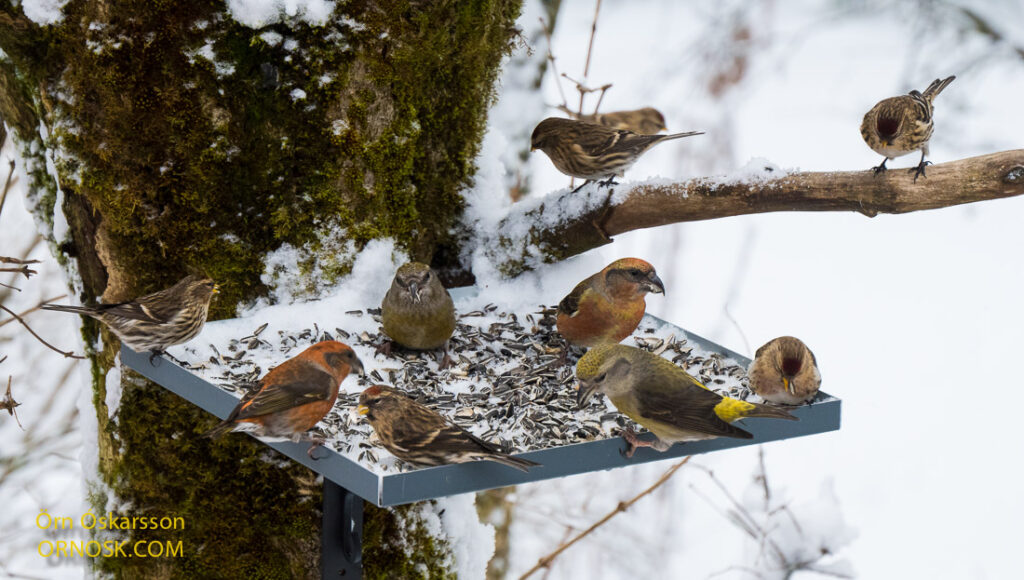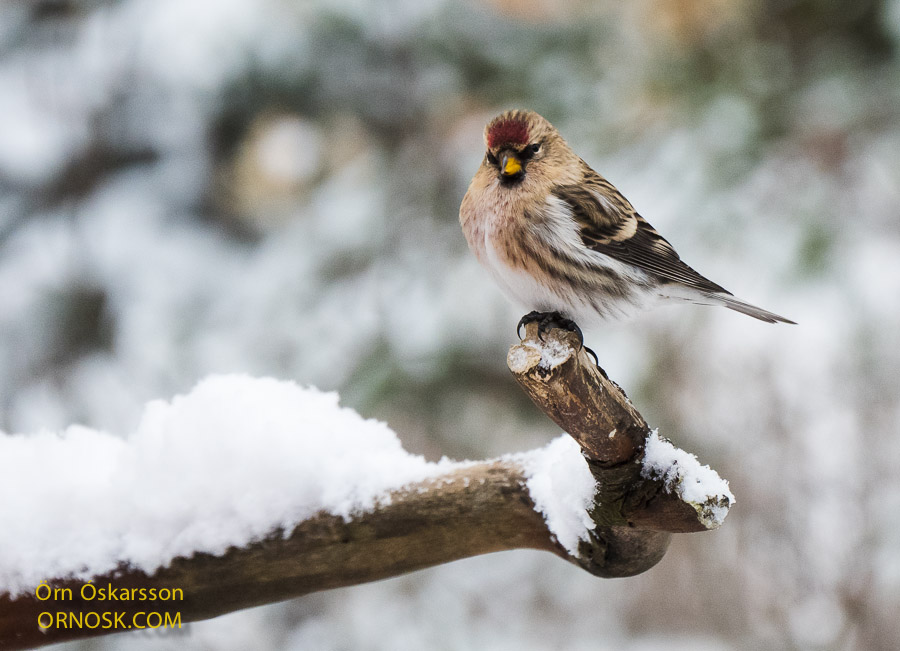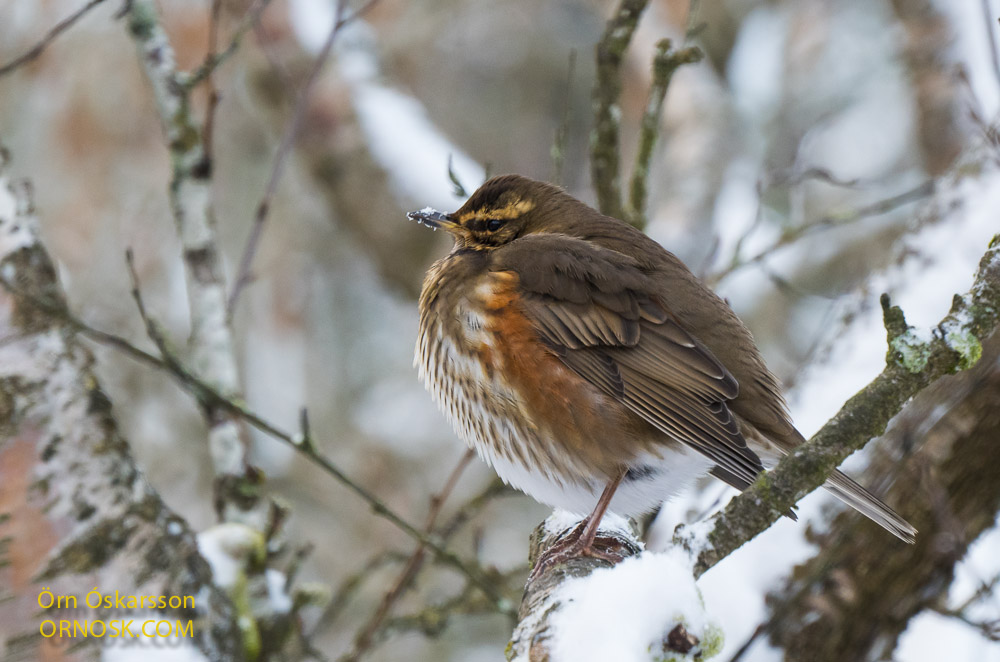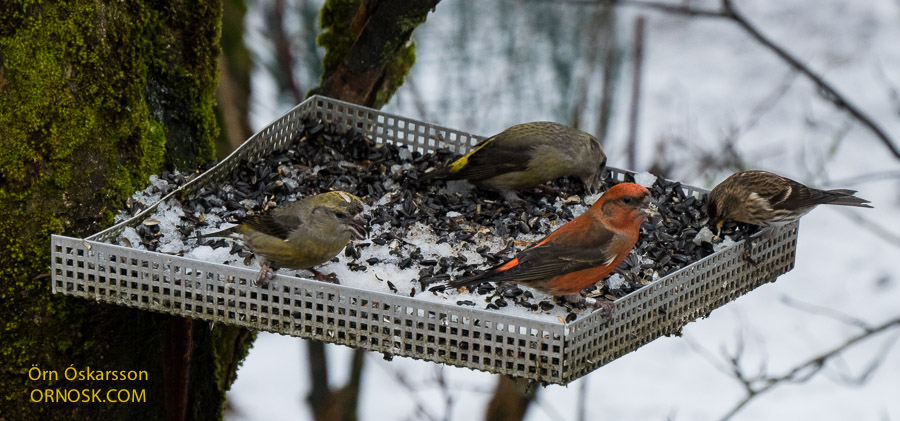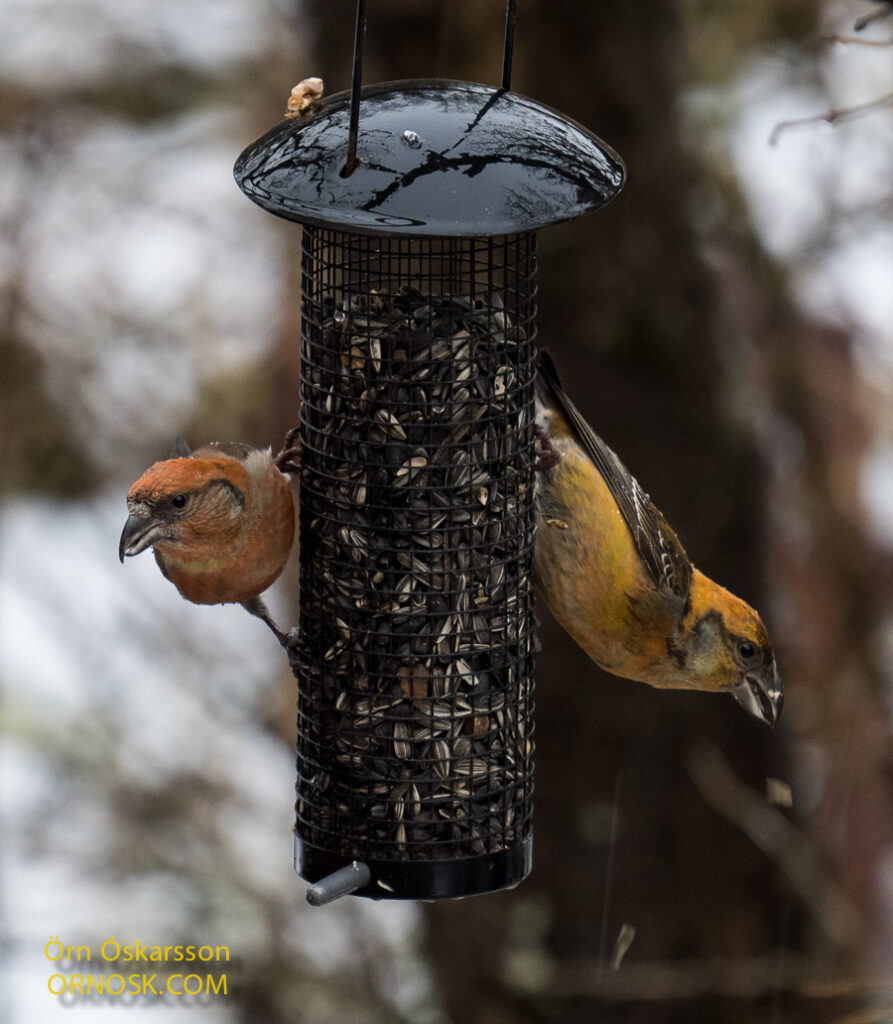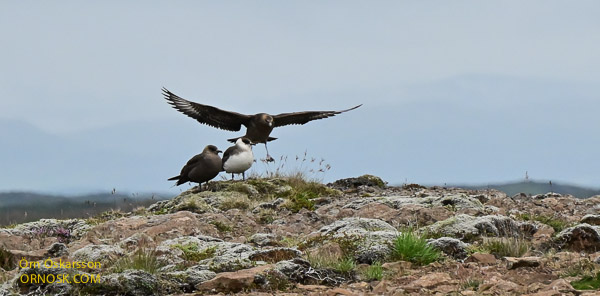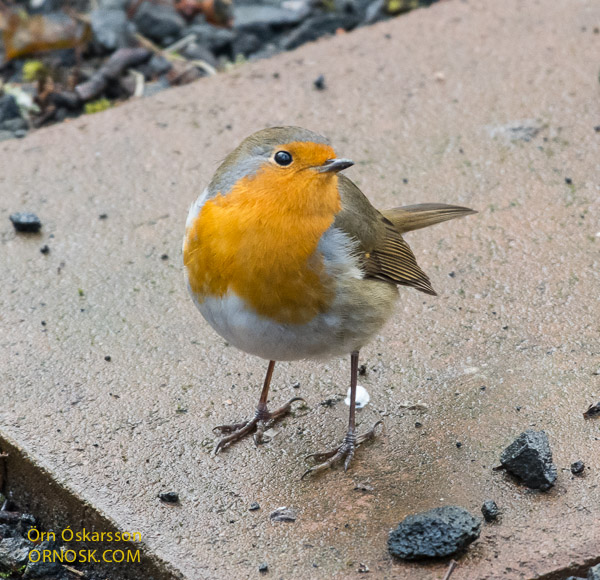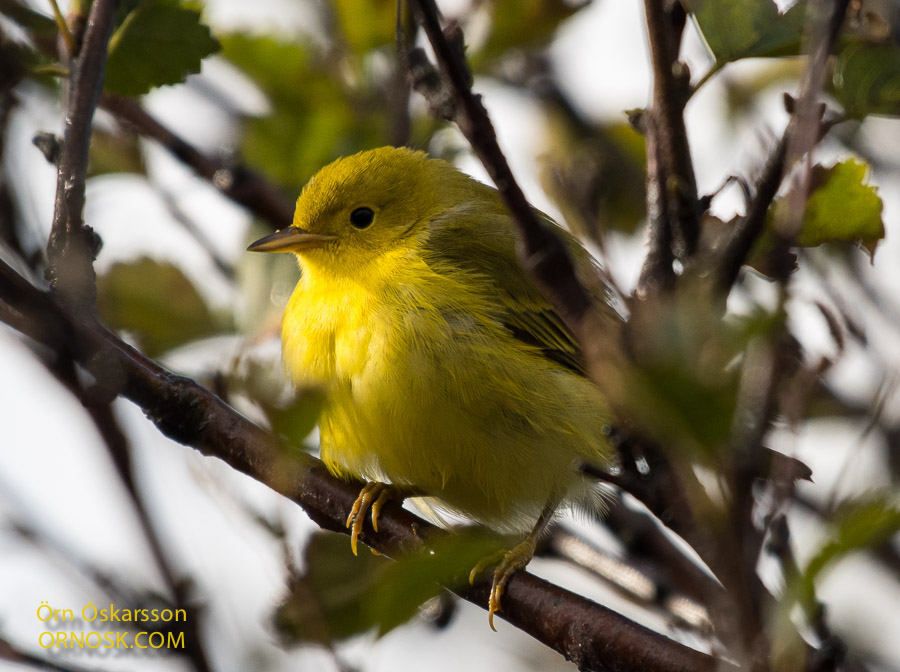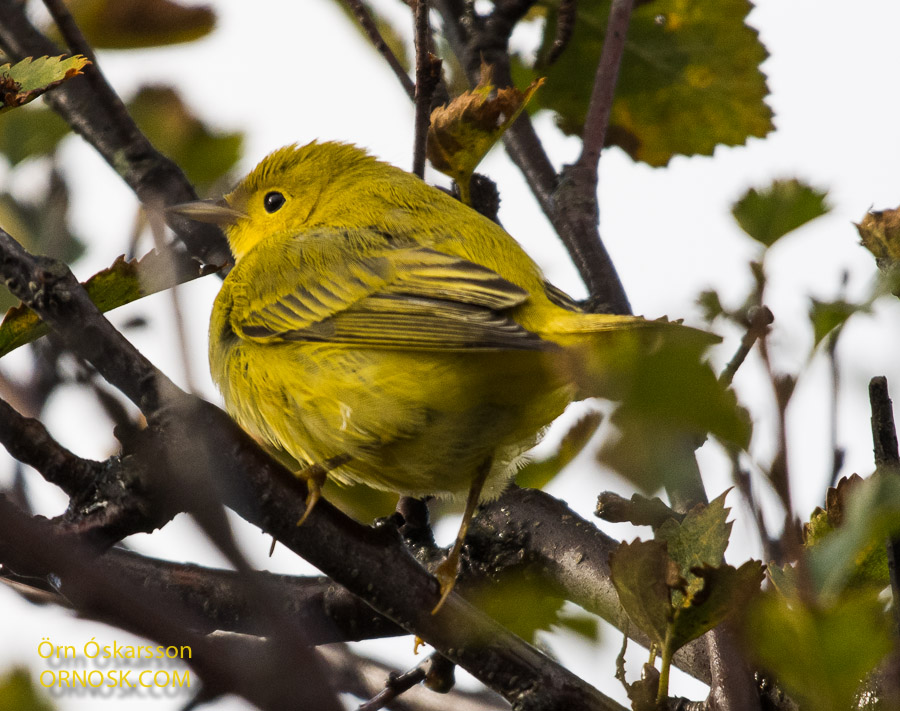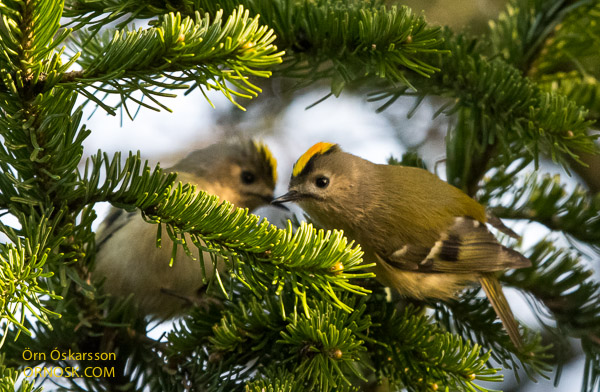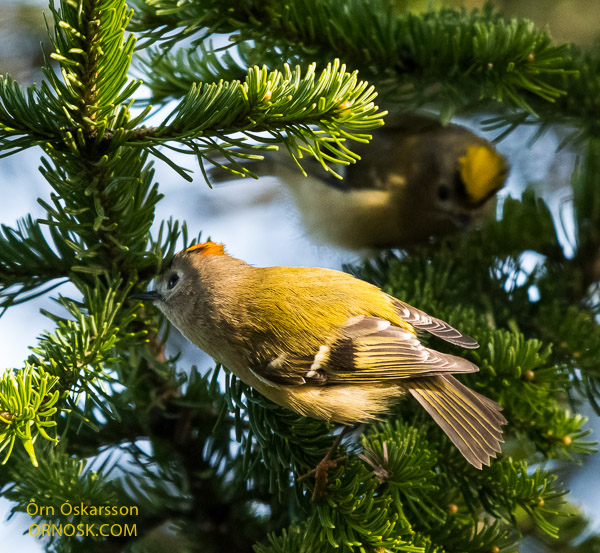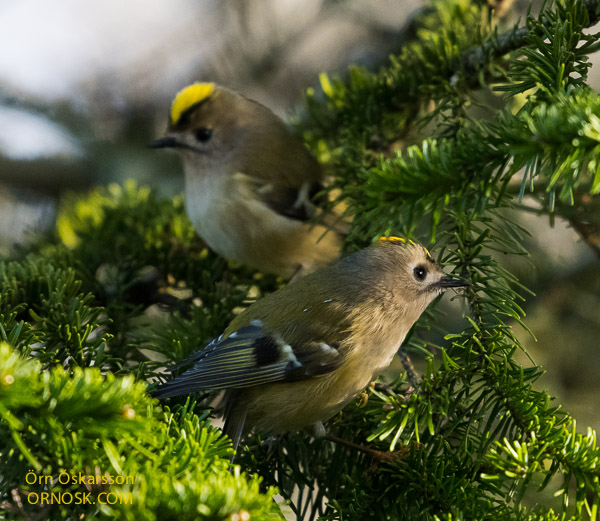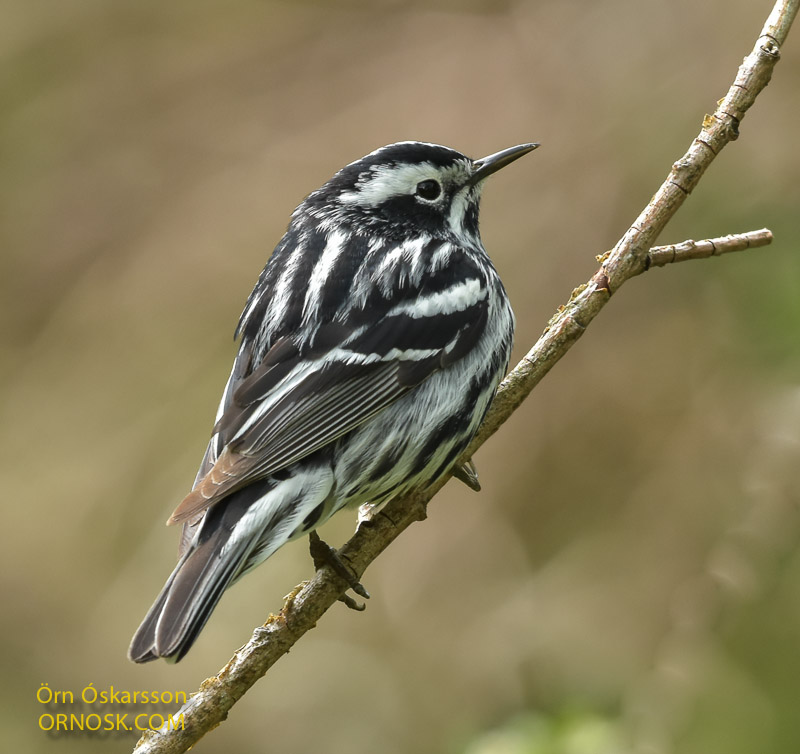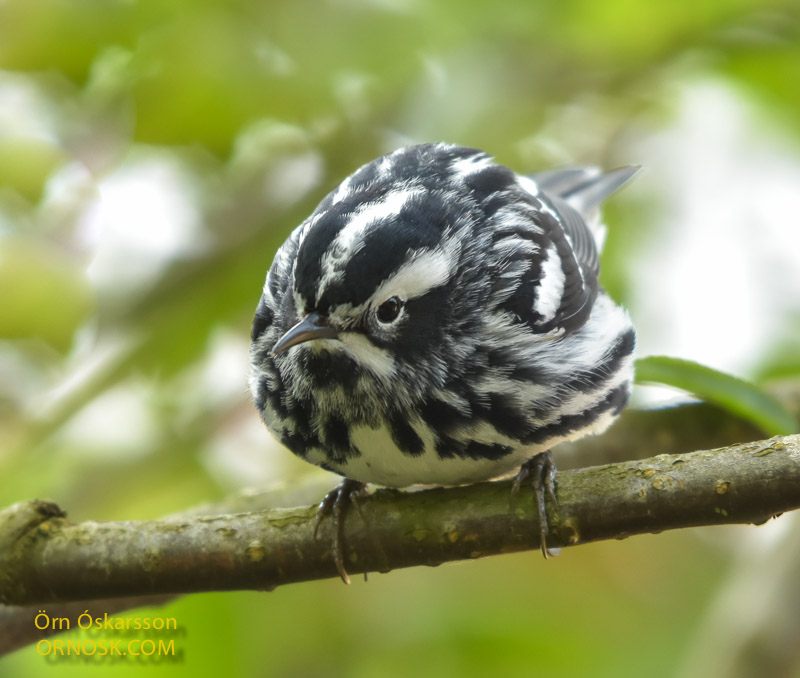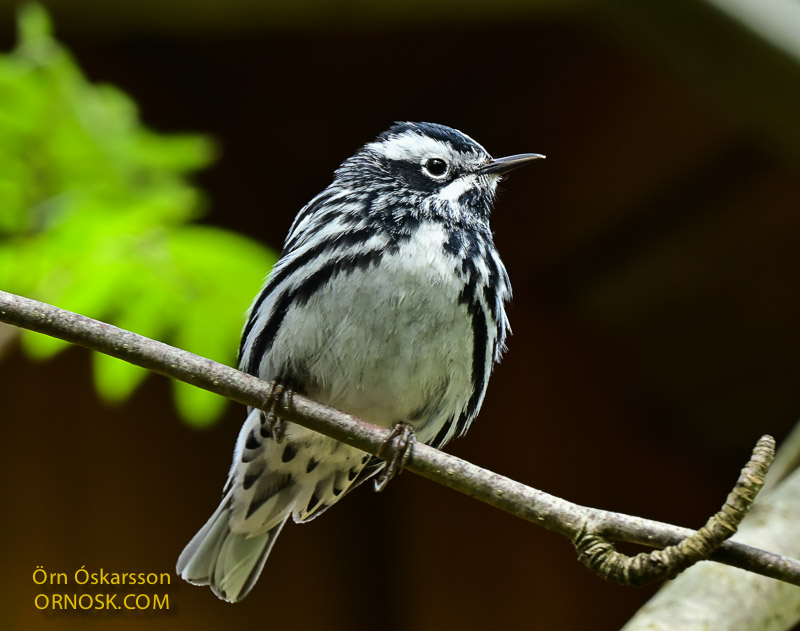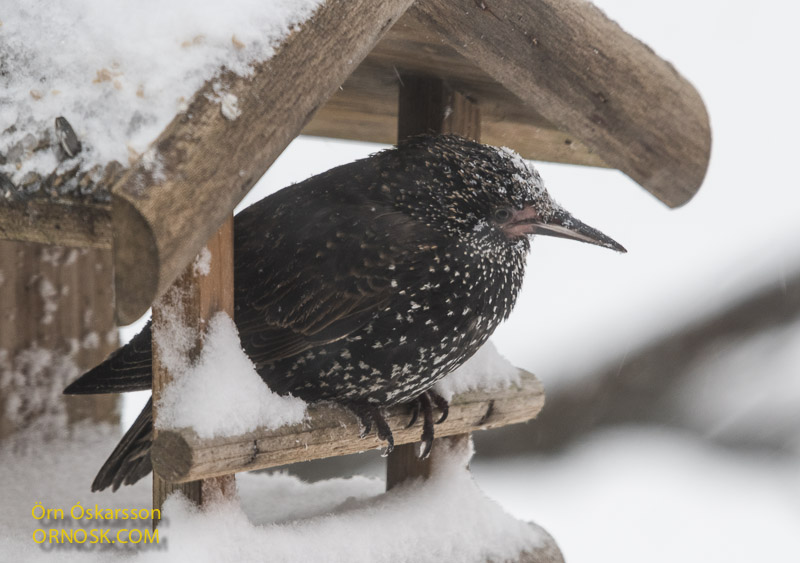
It is still winter and spring far away here in the North. The last few weeks have been difficult for the birds, heavy winds and blizzards day after day and temperatures sometimes well below zero. Feeding the birds has saved lives and the birds come to the feeding trays in the garden in flocks. It is nice to know that more and more people have started feeding the birds and are making it part of their lives.
In the end of January we had the Garden Birdwatch Weekend here in Iceland. People keep count of the birds that visit their garden and the numbers are gathered by Fuglavernd, Birdlife Iceland.
This year we counted birds here in the garden on Sunday, January 30. It was windy and snowing.
This is a list of the birds that visited the garden:
Rock Pigeon (Bjargdúfa) 9
Raven (Hrafn) 2
Starling (Stari) 5
Blackbird (Svartþröstur) 14
Redpoll (Auðnutittlingur) 38
Common Crossbill (Krossnefur) 5
Photos are from the last few days.
